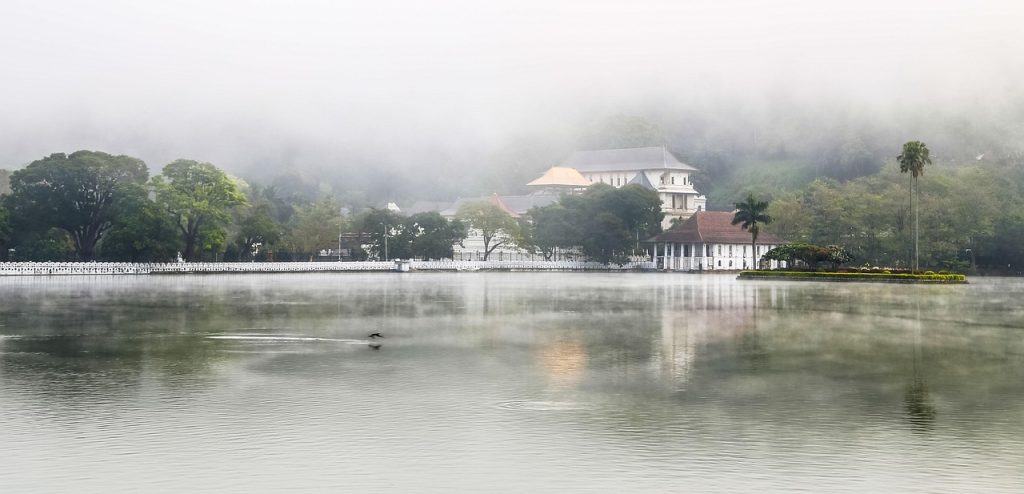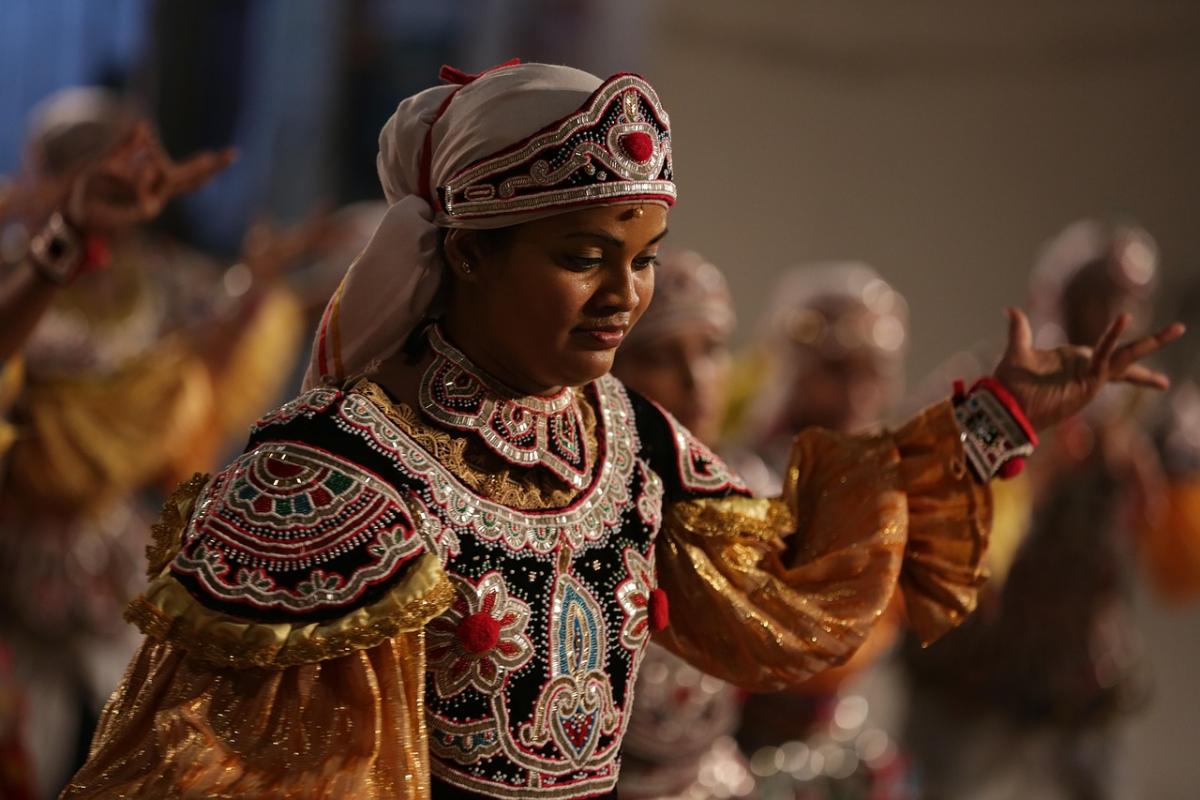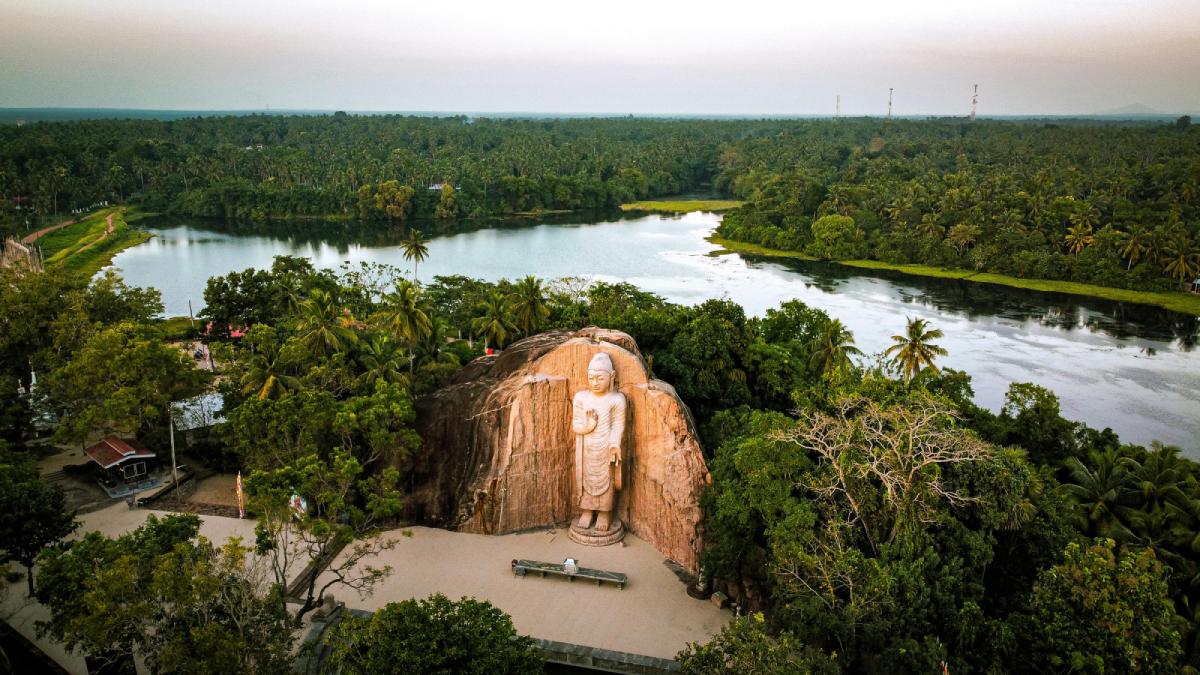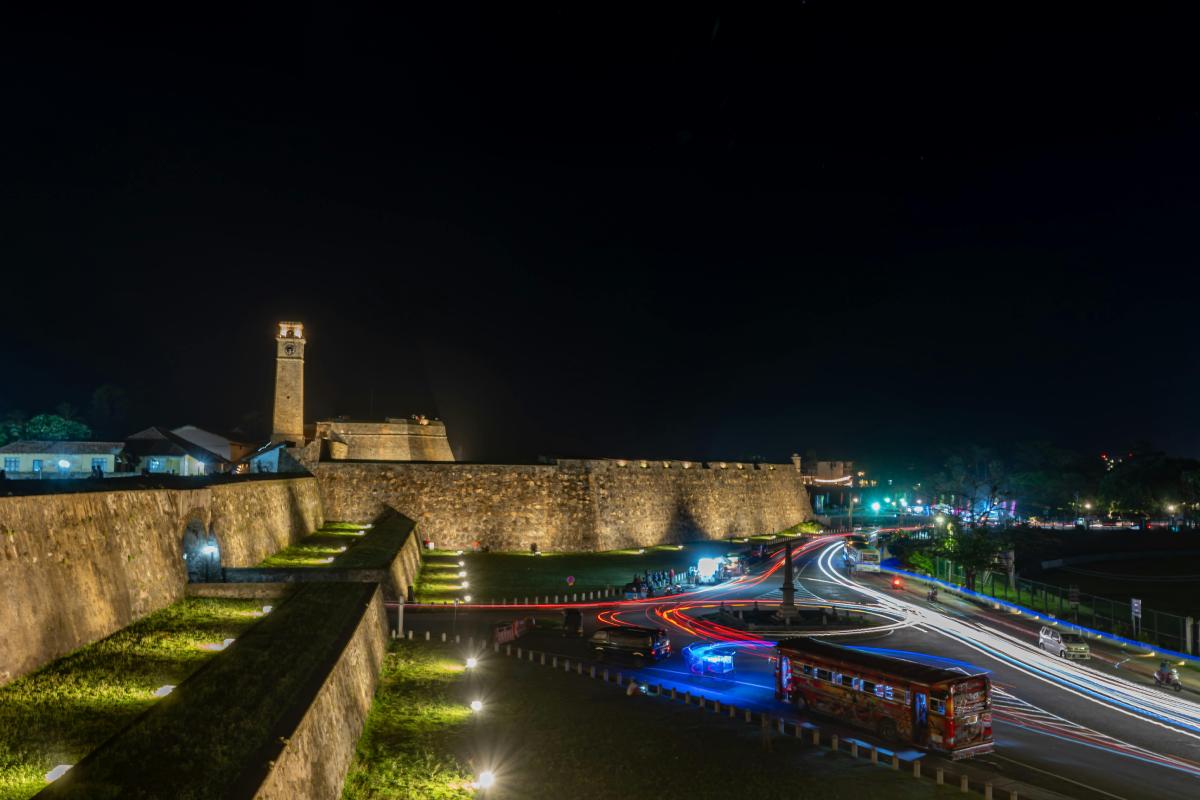Nestled in the verdant hills of central Sri Lanka, Kandy stands as a testament to the country’s rich cultural heritage and historical significance. This UNESCO World Heritage Site, the last capital of the ancient kings of Sri Lanka, continues to enchant visitors with its scenic beauty, sacred sites, and vibrant festivals. In this comprehensive guide, we’ll explore everything that makes Kandy a must-visit destination, with special emphasis on the spectacular Kandy Esala Perahera festival that draws thousands of visitors each year.Exploring Kandy Sri Lanka Vibrant Festivals.
A Brief History of Kandy
Kandy (known locally as “Maha Nuvara” meaning “Great City”) holds a special place in Sri Lankan history as the last bastion of indigenous rule before the island fell under complete colonial dominance. Founded in the 14th century, the Kingdom of Kandy remained independent until 1815, successfully resisting Portuguese and Dutch colonization attempts before finally succumbing to British rule.
The city’s strategic location in the central highlands—surrounded by mountains and dense forests—contributed significantly to its ability to maintain independence for so long. This geographic isolation allowed Kandyan culture, arts, and traditions to develop distinctively, preserving much of Sri Lanka’s cultural identity even as coastal regions experienced stronger colonial influences.
Today, Kandy represents the heart of Sri Lankan cultural identity and Buddhist tradition, serving as a living museum of Sinhalese architecture, art, dance, and religious practices.
Exploring Kandy Sri Lanka Vibrant Festivals
Temple of the Sacred Tooth Relic (Sri Dalada Maligawa)
Exploring Kandy Sri Lanka Vibrant Festivals. The crown jewel of Kandy is undoubtedly the Temple of the Sacred Tooth Relic, housing what is believed to be a tooth of Lord Buddha himself. This sacred relic has played a crucial role in Sri Lankan politics throughout history—whoever housed the relic was considered the rightful ruler of the land.
The temple complex, situated adjacent to the former Royal Palace, features stunning Kandyan architectural elements including:
- Ornate wood carvings
- Ivory inlays
- Lacquer work
- Traditional paintings depicting Buddha’s life
- Intricately decorated golden roof
Visitors can observe daily rituals performed three times a day, though the tooth itself is kept in a golden casket and is rarely displayed publicly.
Royal Palace Complex
Though much of the original Royal Palace was destroyed during colonial periods, the remaining structures offer fascinating glimpses into royal life in ancient Kandy. The complex includes:
- The King’s Palace (Raja Wasala)
- The Queen’s Palace (Meda Wasala)
- The Royal Audience Hall (Magul Maduwa)
- The Council Chamber (Ulpange)
The Royal Audience Hall, with its elaborately carved wooden pillars, stands as one of the finest examples of Kandyan wooden architecture.
Kandy Lake (Kiri Muhuda)

Created in 1807 by the last Kandyan king, Sri Wickrama Rajasinghe, this artificial lake adds to the picturesque setting of the city. A pleasant walkway surrounds the lake, offering stunning views of the Temple of the Tooth and surrounding hills. The small island in the center was reportedly used as the king’s personal harem, accessible only by boat.
The Esala Perahera: Kandy’s Magnificent Festival
Origins and Significance
The Kandy Esala Perahera (also known as the Festival of the Tooth) stands as one of the oldest and grandest Buddhist festivals in Sri Lanka, dating back to the 4th century CE. This ten-day festival, typically held in July or August during the full moon (Esala) month, commemorates the arrival of the Sacred Tooth Relic in Sri Lanka and honors the gods believed to protect the relic.
The festival combines Buddhist and Hindu traditions, reflecting Sri Lanka’s complex religious history. What began as a ritual to invoke blessings for rainfall has evolved into a spectacular cultural showcase that draws visitors from around the world.
Festival Structure and Processions
The Esala Perahera unfolds in several stages:
- Kap Situveema: The festival begins with the planting of a ceremonial pole (kapa) at each of the four participating temples—dedicated to the gods Natha, Vishnu, Kataragama, and Pattini.
- Kumbal Perahera: For the first five nights, relatively smaller processions take place, gradually increasing in grandeur each night.
- Randoli Perahera: The final five nights feature the grand processions, including palanquins (randoli) that traditionally carried the queens of the Kandyan kingdom.
- Diya Kepeema: The festival concludes with a water-cutting ceremony at the Mahaweli River, symbolizing the sharing of blessed waters throughout the land.
Each night, the procession follows a specific route through Kandy, starting from the Temple of the Tooth and passing through the city’s main streets before returning to the temple.
Spectacular Elements of the Perahera
What makes the Esala Perahera truly unforgettable are its vibrant components:
Elephants
Elaborately decorated elephants form the centerpiece of the procession. The majestic tusker carrying the sacred tooth relic’s casket (known as the Maligawa Tusker) is adorned with rich garments embroidered with gold and silver thread, illuminated by countless lights.
Traditional Dancers and Drummers
The procession includes thousands of performers representing various traditional Sri Lankan dance forms:
- Kandyan Dancers: Performing the energetic Ves dance, characterized by acrobatic movements and elaborate costumes including the distinctive headdress
- Pantheru Dancers: Performing with tambourine-like instruments
- Udekki Dancers: Playing small drums tied to their waists
- Fire Dancers and Whip Crackers: Adding drama and excitement to the proceedings
Musicians
The procession’s soundtrack comes from various traditional instruments:
- Dawul (drums): Creating the distinctive beat that guides the procession
- Thammattam (double drums): Adding rhythm and complexity
- Horanawa (oboe-like instrument): Providing melody
- Thalampota (cymbals): Punctuating the musical patterns
The combined effect of hundreds of musicians playing simultaneously creates an unforgettable auditory experience that can be heard throughout the city.
Experiencing the Perahera as a Visitor
For visitors planning to experience the Esala Perahera:
- Book accommodation well in advance, as Kandy becomes extremely crowded during the festival period
- Reserved seating is available for purchase along the route, offering comfortable viewing of the procession
- Free viewing areas exist but become extremely crowded
- The procession typically starts around 8 PM and continues until midnight
- Be prepared for large crowds and secure your valuables
- Dress modestly, respecting the religious nature of the event
- Photography is permitted but be respectful toward performers and religious elements
Beyond the Perahera: Other Notable Kandy Festivals
While the Esala Perahera stands as Kandy’s most famous festival, several other cultural celebrations take place throughout the year:
Aluth Sahal Mangallaya (New Rice Festival)
This harvest festival, usually held in April, celebrates the first rice harvest of the year. Farmers bring their first harvest to the Temple of the Tooth as an offering, followed by traditional dances and communal meals.
Asala Poya
Each full moon (poya) day holds religious significance in Sri Lanka, but the Asala Poya in July/August has special importance in Kandy, commemorating several important events in Buddhist history, including Buddha’s first sermon.
Tamil and Hindu Celebrations
Kandy’s diverse population also celebrates festivals like Thai Pongal (harvest festival) and Deepavali (festival of lights) with special ceremonies at local Hindu temples, reflecting the city’s multicultural character.
Natural Beauty Surrounding Kandy
Kandy’s appeal extends beyond its cultural attractions to the stunning natural environment surrounding the city:
Royal Botanical Gardens at Peradeniya
Just a few kilometers outside Kandy lie the magnificent Royal Botanical Gardens, spanning 147 acres and housing over 4,000 plant species. Highlights include:
- The orchid house with over 300 varieties
- The giant Javan fig tree covering 2,500 square meters
- The spice garden featuring cinnamon, cardamom, nutmeg, and other aromatic plants
- The avenue of royal palms planted in 1905
- The memorial trees planted by world leaders and royalty
Udawattakele Forest Reserve
This dense forest reserve directly behind the Temple of the Tooth served as the royal hunting grounds during the Kandyan era. Today, it offers excellent hiking opportunities and wildlife viewing, including endemic bird species, monkeys, and numerous plant varieties.
Tea Plantations
The hills surrounding Kandy mark the beginning of Sri Lanka’s tea country. Several estates offer tours explaining the tea-making process from leaf to cup, with opportunities to sample the region’s distinctive flavors.
Culinary Experiences in Kandy
Kandyan cuisine offers distinctive flavors reflecting central highland traditions:
Traditional Kandyan Dishes
- Ambulthiyal: Fish preserved with goraka (a souring agent)
- Polos Curry: Young jackfruit curry, a popular meat substitute
- Kiri Bath: Milk rice, often served during celebrations
- Kokis and Kavum: Traditional sweetmeats made for special occasions
Dining Experiences
From high-end hotels offering authentic Sri Lankan cuisine to small local eateries serving hoppers and kottu roti, Kandy provides diverse culinary experiences. Many restaurants around Kandy Lake offer beautiful views alongside traditional meals.
Practical Travel Information
Getting to Kandy
- By Train: The scenic railway journey from Colombo to Kandy takes approximately 3-4 hours
- By Road: Approximately 3 hours’ drive from Colombo via the Colombo-Kandy highway
- By Air: The nearest international airport is in Colombo, though some domestic services operate to nearby Digana
Best Time to Visit
- December to April offers the driest weather
- July/August for the Esala Perahera (exact dates vary according to the lunar calendar)
- The shoulder seasons (April-June, September-November) offer fewer crowds and reasonable weather
Accommodation Options
Kandy offers diverse accommodation ranging from luxury heritage hotels like the Queen’s Hotel (dating back to colonial times) to boutique properties overlooking Kandy Lake and budget-friendly guesthouses throughout the city.
Preserving Kandyan Culture for Future Generations
As tourism continues to grow, Kandy faces the challenge of balancing development with cultural preservation. Several initiatives aim to protect the city’s heritage:
- The Central Cultural Fund works to preserve historical sites and document traditional practices
- The Kandyan Dance Academy trains young performers in traditional dance forms
- Local craft schools teach traditional skills like silverwork, brasswork, and woodcarving
These efforts ensure that the cultural treasures that make Kandy special will endure for generations to come.
Conclusion
Kandy represents the spiritual and cultural heart of Sri Lanka—a place where ancient traditions remain vibrantly alive through its temples, crafts, dances, and spectacular festivals. The Esala Perahera stands as the crowning jewel of Kandy’s cultural calendar, offering visitors an unforgettable glimpse into Sri Lanka’s rich heritage.
Whether you’re watching elaborately adorned elephants process through torch-lit streets during the Perahera, exploring the sacred Temple of the Tooth, wandering through lush botanical gardens, or simply enjoying the serene beauty of Kandy Lake, this highland city offers experiences that connect visitors to Sri Lanka’s soul. As you plan your Sri Lankan adventure, consider timing your visit to coincide with Kandy’s festivals for a truly immersive cultural experience.


